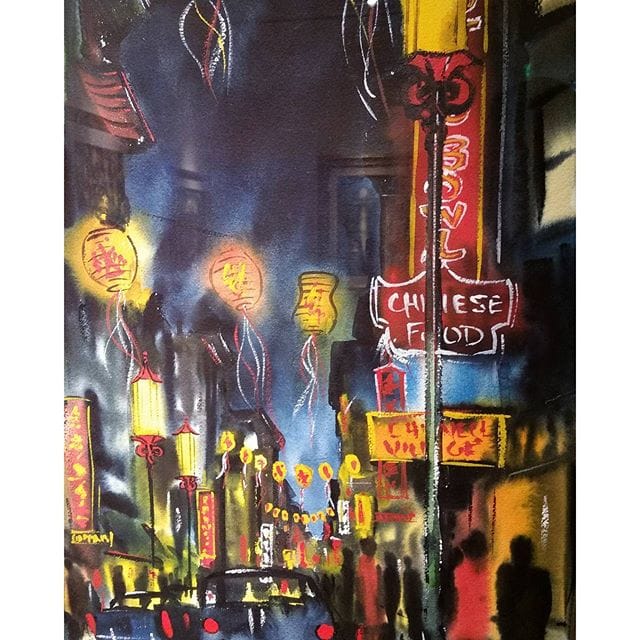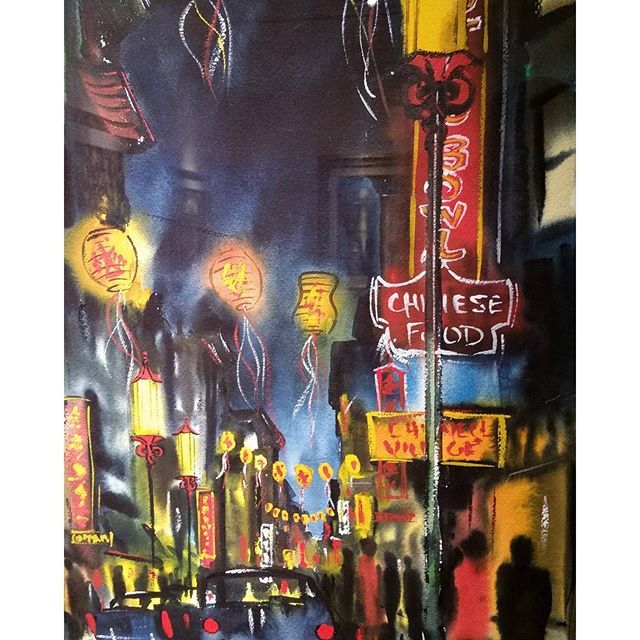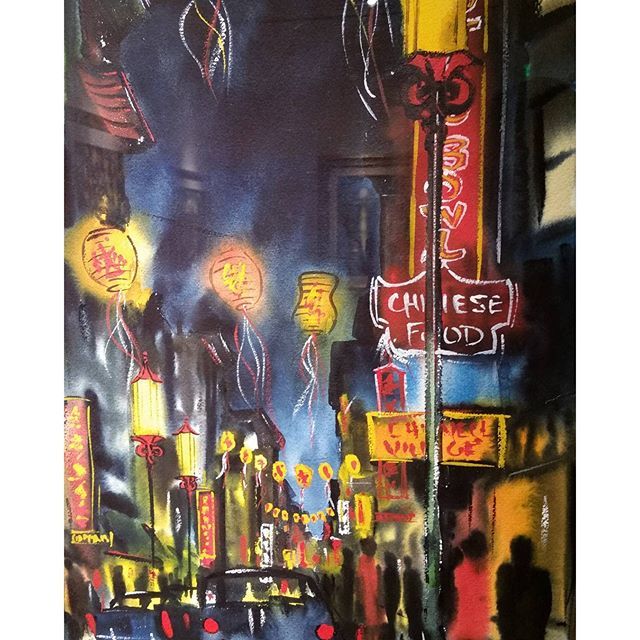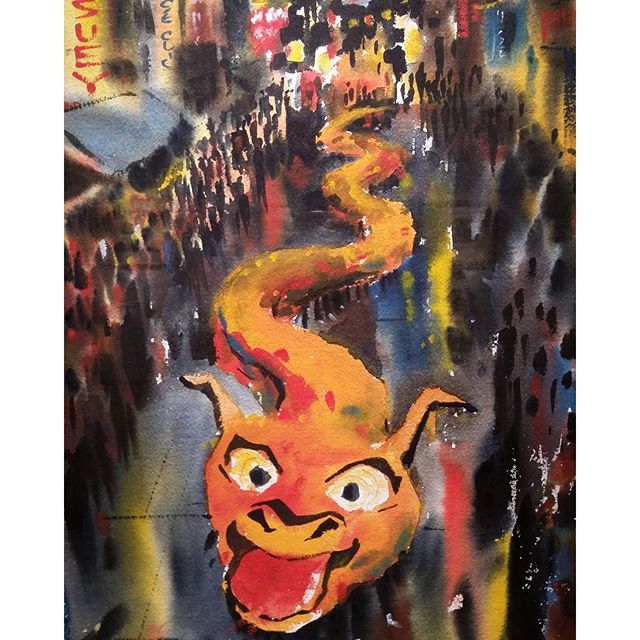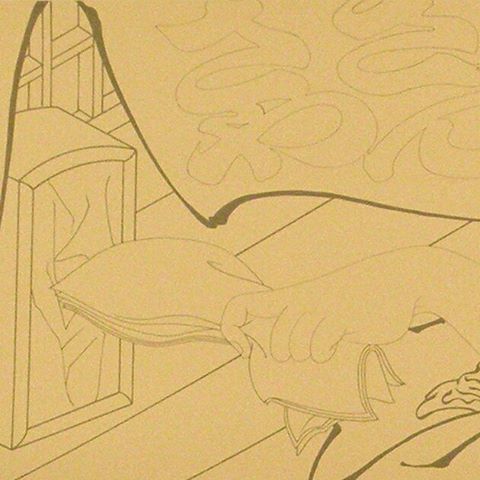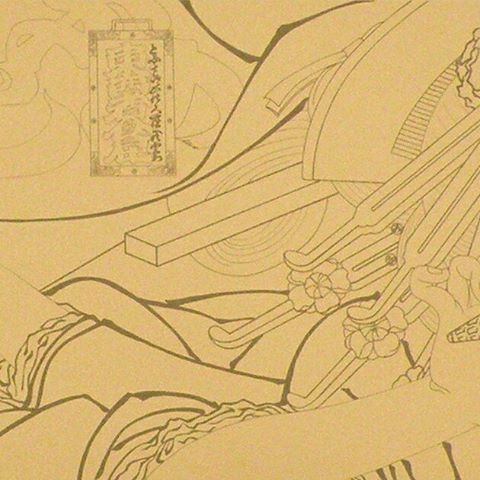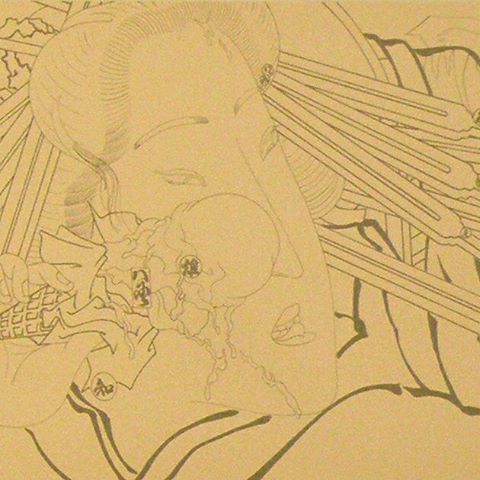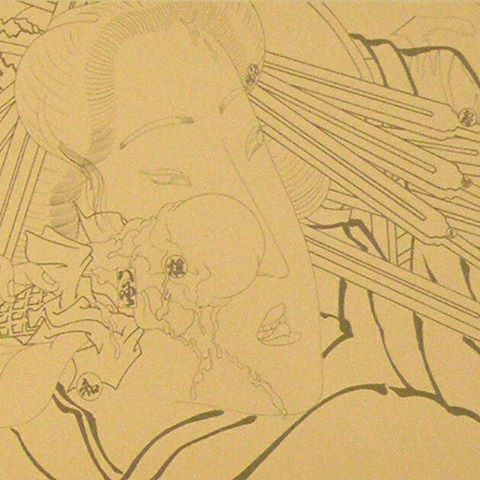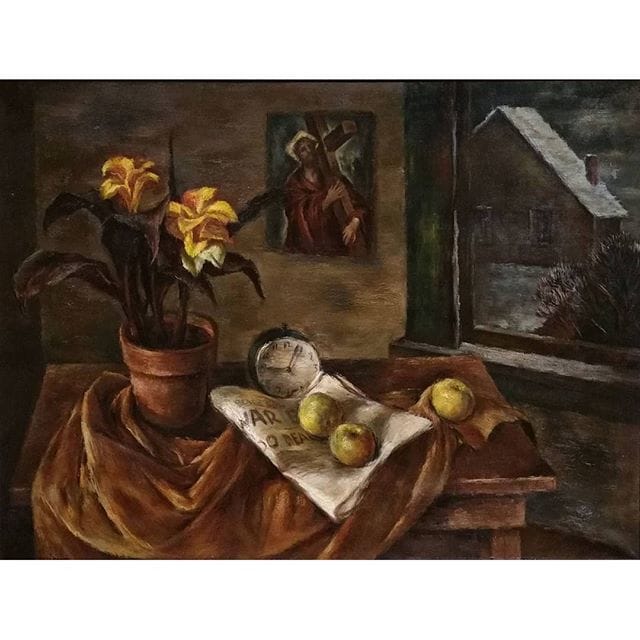
Chapman U Art Collections
San Francisco’s Chinatown is built around Grant Avenue, which is depicted here by painter Jack Laycox. Chinese immigrants have faced a turbulent history in the United States; discriminatory laws prevented them from marrying non-Chinese, to vote, and they are the only ethnic group to have been specifically denied entrance to this country.... read more »

